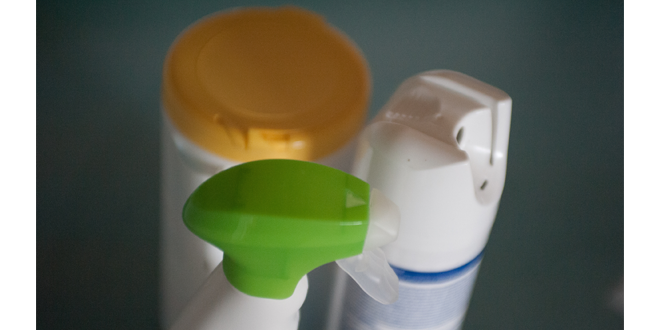Antimicrobial Products List
There are currently no EPA-registered disinfectants that specifically include the SARS-CoV-2 virus on the product label. Refer to the following list from the U.S. Environmental Protection Agency for products that control the virus:


